The Evolution of Street Art: From Graffiti to Gallery Walls
Street art, often seen as rebellious, spontaneous, and bold, has made a major transformation over the past few decades. What started as illegal graffiti on train cars and urban alleyways has evolved into a respected form of art displayed in galleries, museums, and private collections worldwide. So, what happened? How did street art go from being frowned upon to becoming the centerpiece of the art world? In this article, we’ll dive into the fascinating evolution of street art, from its underground beginnings to its mainstream success, and explore why more people are now eager to buy art created in the streets.
The Origins of Street Art: Graffiti Gets its Start
To understand the evolution of street art, we need to take a trip back in time. Street art, in its most basic form, began with graffiti. Graffiti has been around for centuries—ancient civilizations even had their own versions of public writing on walls. However, modern graffiti as we know it today emerged in the 1960s and 1970s, primarily in New York City. Young people, often from lower-income neighborhoods, began expressing themselves with spray paint, markers, and stencils, covering subway cars, building walls, and other public spaces.
Early graffiti was about making a name for oneself. Writers (as graffiti artists are called) would tag their names or pseudonyms on surfaces for others to see. The rise of hip-hop culture in the late ‘70s and early ‘80s played a significant role in the growth of graffiti. It was a form of self-expression, an art form that represented youth, rebellion, and an alternative narrative to mainstream society.
The Breakout Artists: When Graffiti Becomes Art
Fast forward to the late 1980s and early 1990s. Graffiti began to attract the attention of the mainstream art world. New York City’s gallery scene was still buzzing with the remnants of abstract expressionism, pop art, and conceptual art, but it wasn’t long before the colorful and chaotic beauty of graffiti caught the eye of art collectors, curators, and critics.
One of the key figures in this transition was Keith Haring. A graffiti artist who became internationally recognized for his bold, vibrant, and instantly recognizable figures, Haring’s works were featured in galleries and exhibitions, making graffiti art more acceptable within the fine art world. He proved that street art could have a place in galleries while maintaining its raw, energetic feel.
Another influential figure was Jean-Michel Basquiat. Starting as a graffiti artist under the name "SAMO" in New York, Basquiat quickly transitioned into painting on canvases, merging the worlds of street art and fine art in a way that had never been done before. His rise to fame helped to blur the lines between the streets and the gallery walls, and his work continues to inspire modern street artists today.
The Global Spread: Street Art Goes Worldwide
As the decades passed, street art grew more sophisticated, gaining recognition in countries all over the world. While graffiti was born in New York City, it didn’t take long for street art to go global. Artists from cities like London, Paris, Berlin, and São Paulo began to add their own unique styles to the street art movement.
One of the most iconic figures in this global movement is Banksy, the anonymous British artist who brought street art into the spotlight. Banksy’s politically charged and often satirical works made headlines and captured the public’s imagination. From murals on city walls to stunts that left people questioning the relationship between art and commerce, Banksy’s influence pushed street art even further into the public eye.
The rise of street art festivals like the annual "Upfest" in the UK and the "Wild Style" festival in the US helped elevate the art form even more, creating a space for artists to collaborate and showcase their works to a wider audience. These events not only celebrated street art but helped solidify its place in the art world.
The Modern Street Art Movement: From Walls to Galleries
By the 2000s, street art was no longer just the domain of subway stations and abandoned buildings. More and more street artists began to exhibit their work in art galleries, blending their street style with traditional art mediums like canvas and sculpture. This shift allowed street artists to connect with a broader audience, and their works became highly sought after by collectors and art enthusiasts.
Artists like Shepard Fairey, known for his iconic "Obey Giant" campaign and the "Hope" poster of Barack Obama, and JR, a French street artist whose giant photo installations can be found worldwide, were among the first to make the leap from street walls to gallery walls. Their success has paved the way for countless others.
Street art galleries began to pop up in major cities around the world, catering to this new, more accessible form of art. Urban art fairs like Art Basel Miami Beach have introduced street artists to high-end collectors, further blurring the lines between street and fine art. The demand for street art exploded, and prices skyrocketed as artists gained recognition and commercial success.
Street Art and Digital Platforms: Reaching New Audiences
As the internet grew, so did the visibility of street art. Social-media platforms like Instagram gave street artists a direct way to showcase their work to millions of people worldwide. Artists who were once confined to the streets could now share their work with global audiences in real-time. Instagram, in particular, became a powerful tool for street artists, allowing them to connect with fans, gain followers, and even sell their art directly.
This digital shift also brought the art into the mainstream in a new way. Street art is now part of pop culture, referenced in movies, television shows, and fashion. With the rise of online marketplaces, it's now easier than ever to buy street art. Whether you’re looking to buy limited-edition prints or original works, the world of street art has opened up to buyers like never before.
The Value of Street Art Today: Collecting and Investing
Now that street art has firmly established its place in the art world, it’s worth considering how its value has evolved. While the early days of street art were largely about artistic expression and rebellion, today, it’s also a serious investment. As street art continues to gain popularity, buying pieces from emerging artists or collecting limited-edition prints from established names can be a way to invest in art that not only holds cultural significance but could also appreciate in value over time.
Just like traditional forms of art, street art has entered the world of collectors. Museums like the Museum of Modern Art (MoMA) in New York and the Tate Modern in London have begun to showcase works by street artists, signaling their importance in the larger art landscape.
The Enduring Appeal of Street Art: Why People Love It
Why has street art captured the imagination of so many? The answer lies in its raw, authentic nature. Street art feels like a voice from the streets, a direct form of expression from the people. It speaks to social issues, cultural shifts, and the human experience in ways that are often relatable and thought-provoking.
Street art also has a certain "cool factor." It’s not created for galleries or for the wealthy elite—it’s created for everyone. And, of course, there’s something thrilling about owning a piece of art that has such a rebellious, gritty, and often controversial history.
But perhaps most importantly, street art is simply fun. It's bold, colorful, and doesn’t take itself too seriously. Whether it’s a political statement or just a piece of urban beauty, street art invites viewers to engage with it in a way that traditional art forms often don’t.
How to Buy Street Art
If you’ve decided you want to add some street art to your collection, you’re not alone. Whether you’re just starting your collection or you’re an experienced art buyer, there are several ways to go about it. Many artists now sell their work directly through social media or their own websites, while galleries and online marketplaces are also excellent places to find unique and rare pieces.
When buying street art, it’s important to consider authenticity. Many artists offer certificates of authenticity or limited editions, so make sure you’re getting the real deal. And while street art may have been created on the streets, buying it for your home or office can bring a bold, stylish edge to your space.
Conclusion: From the Streets to the Galleries
The evolution of street art from graffiti to gallery walls is a story of innovation, rebellion, and transformation. What was once considered vandalism is now celebrated as a legitimate and valuable art form. Street artists have gone from tagging subway cars to displaying their works in the most prestigious galleries and museums around the world. Whether you’re drawn to the social messages or simply the aesthetic appeal, street art has become an integral part of the art world—and it’s here to stay.
If you’re looking to add a piece of street art to your collection, now is the perfect time. From bold, large-scale murals to small, limited-edition prints, there’s a piece of street art for every space and every taste. So why wait? Explore the world of street art and find a work that speaks to you. Buy art at CycloneSale.com for all your collecting needs today!











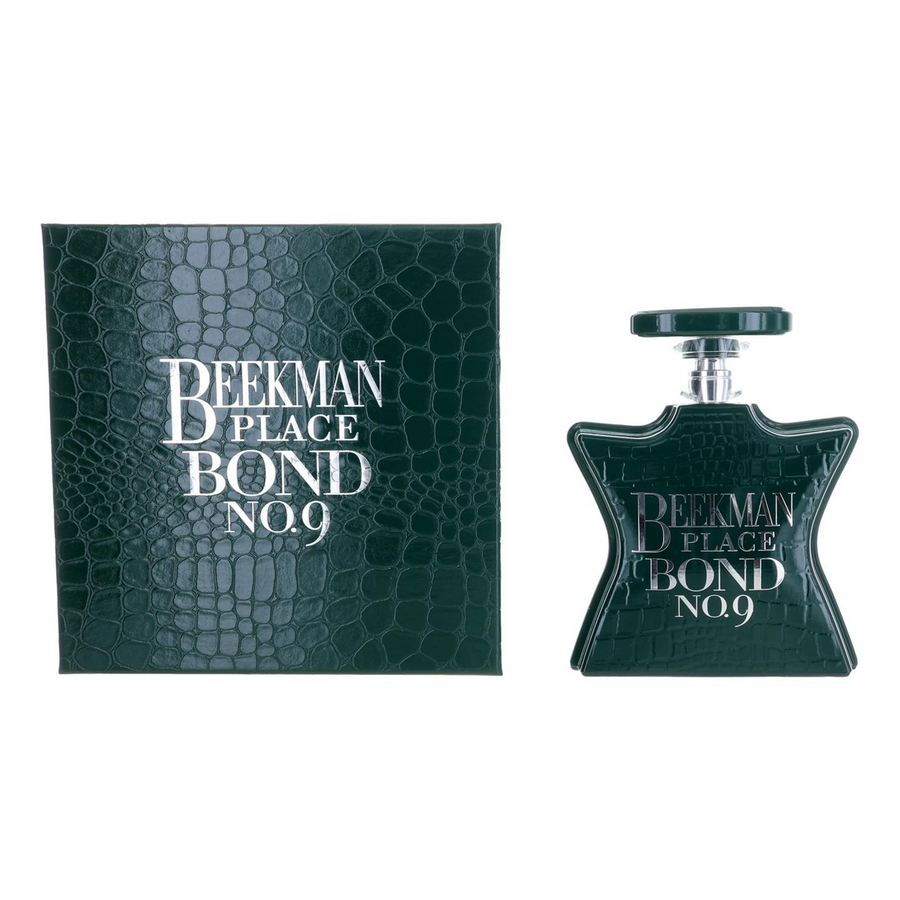




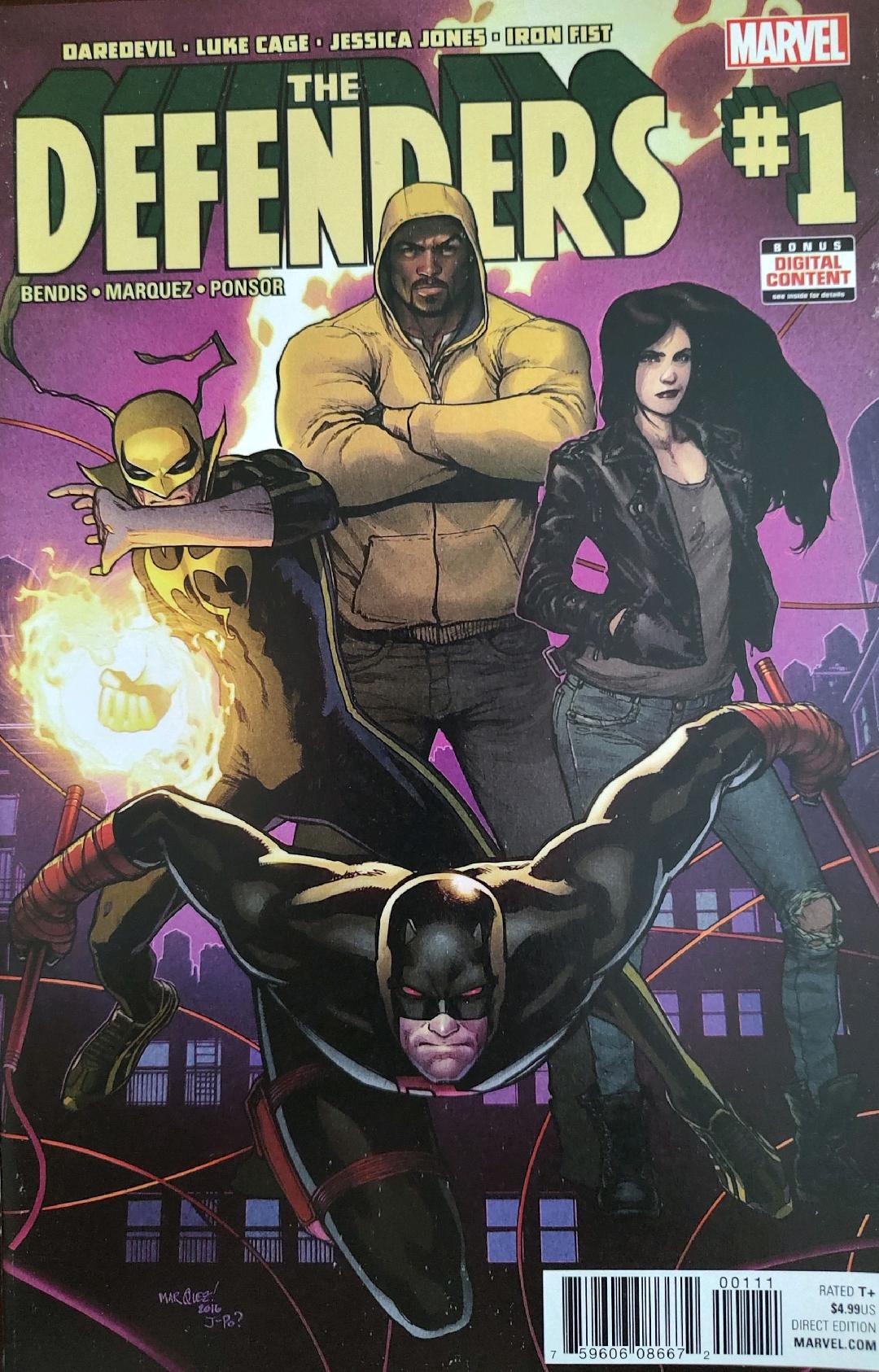

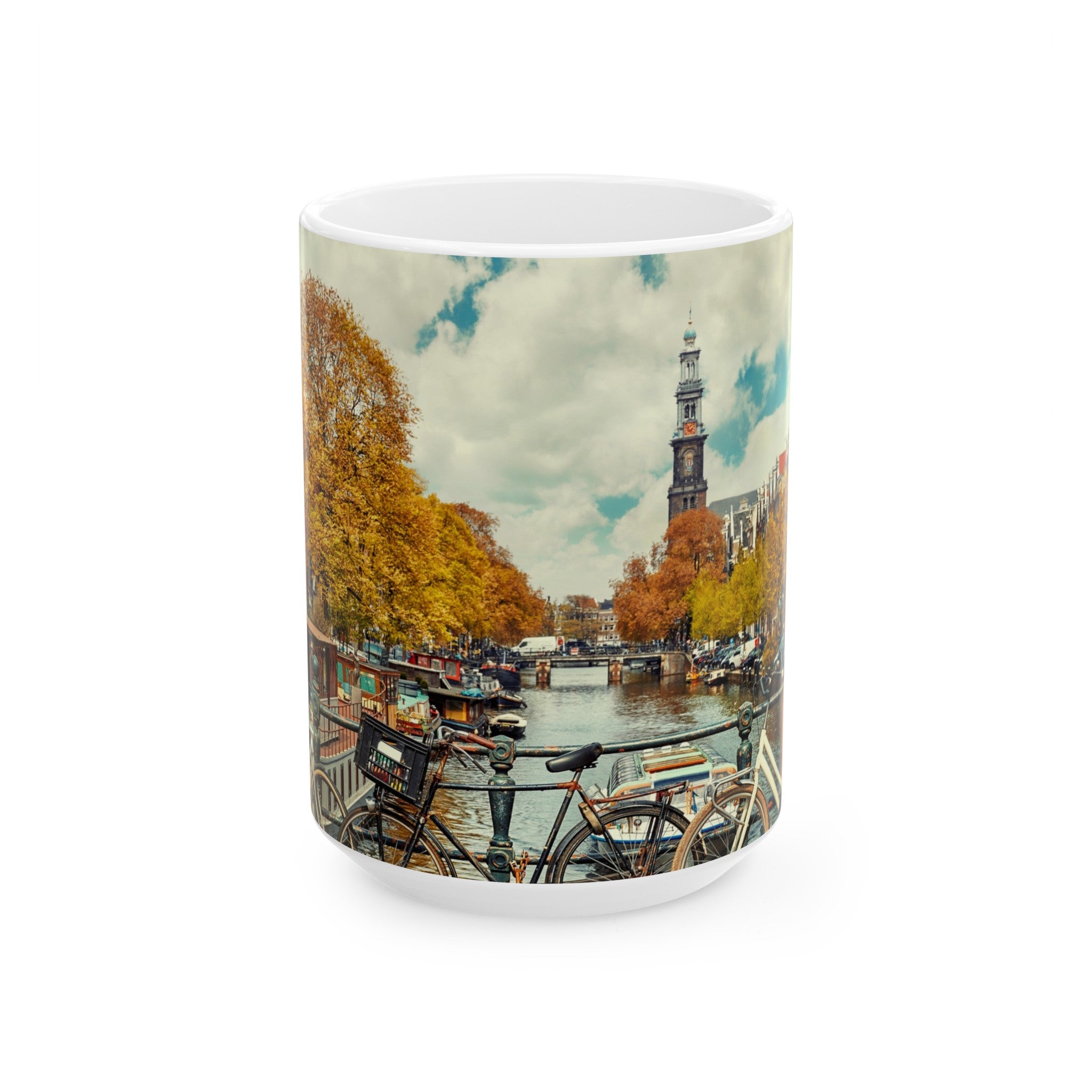



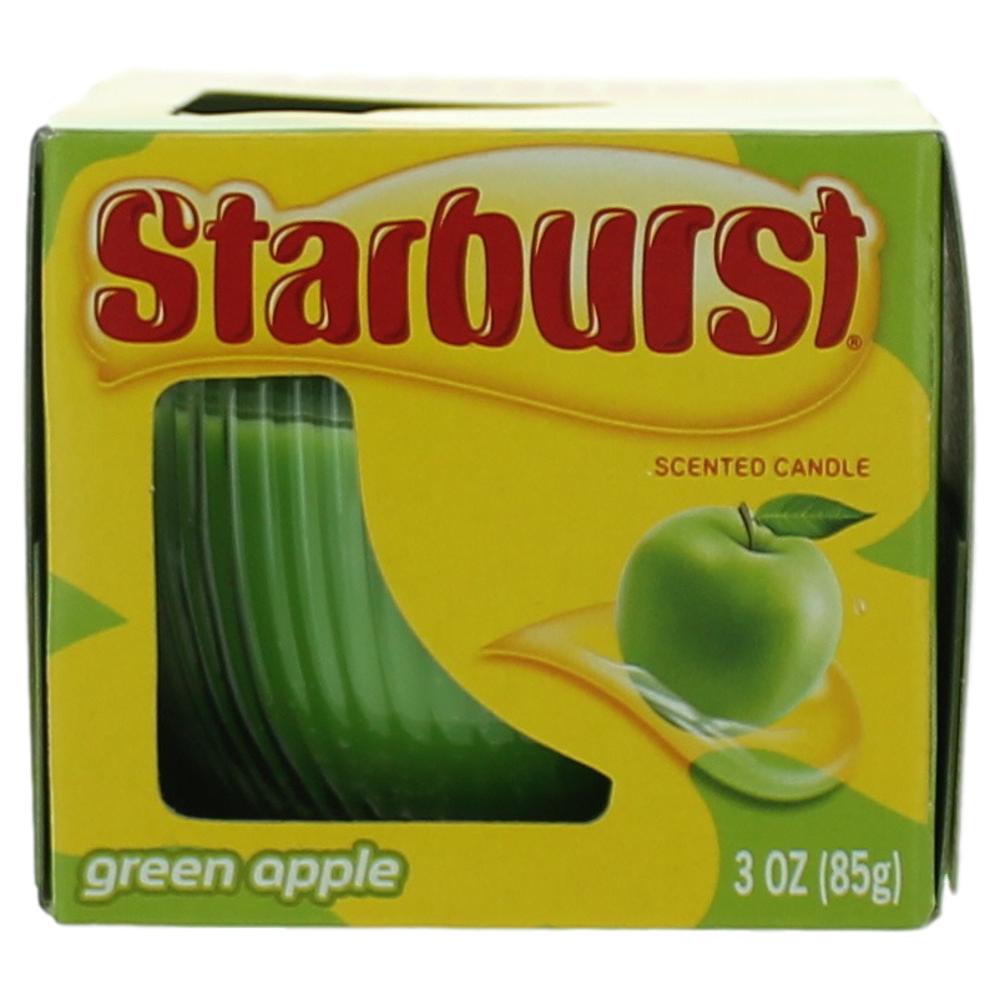


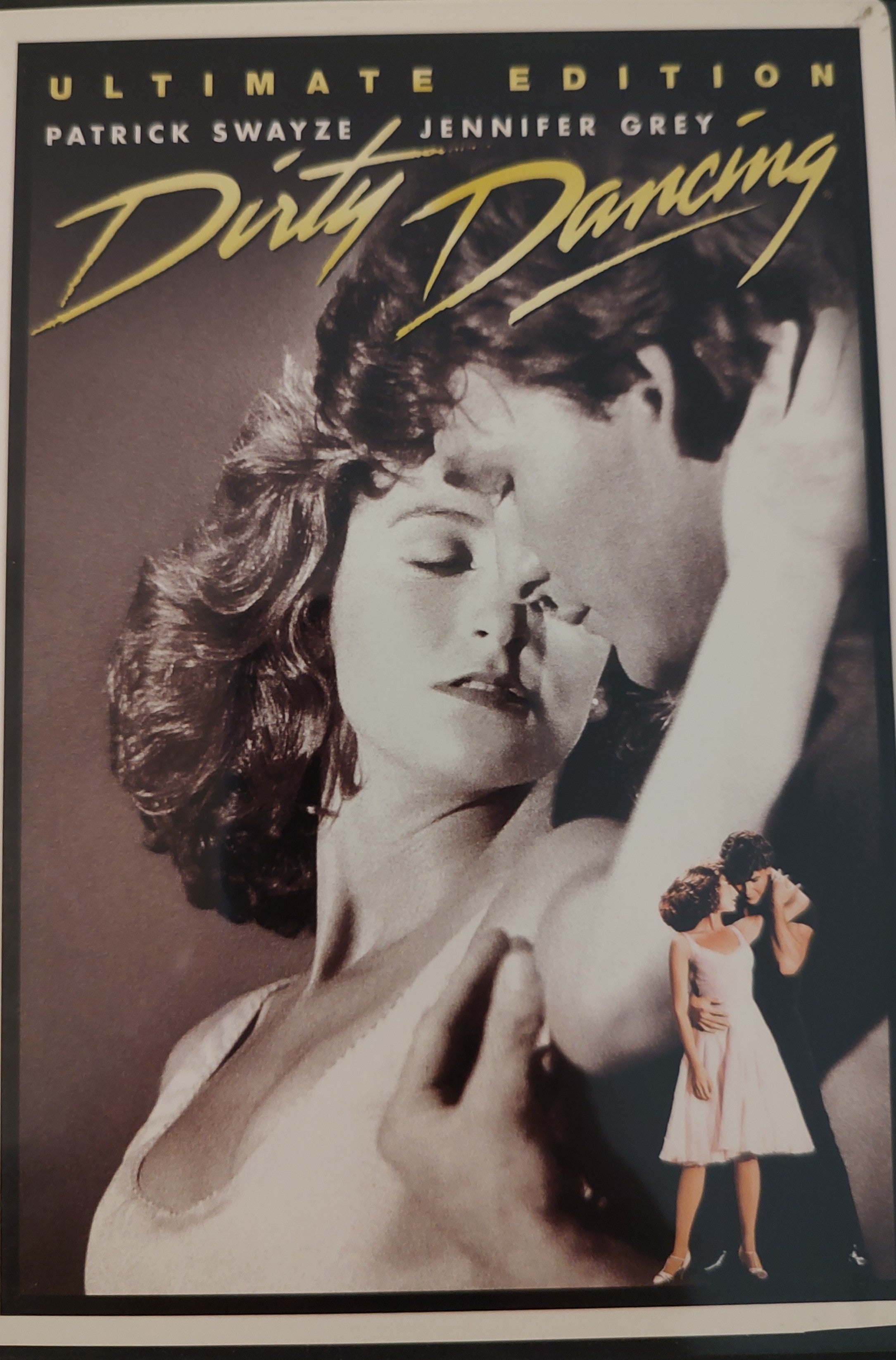
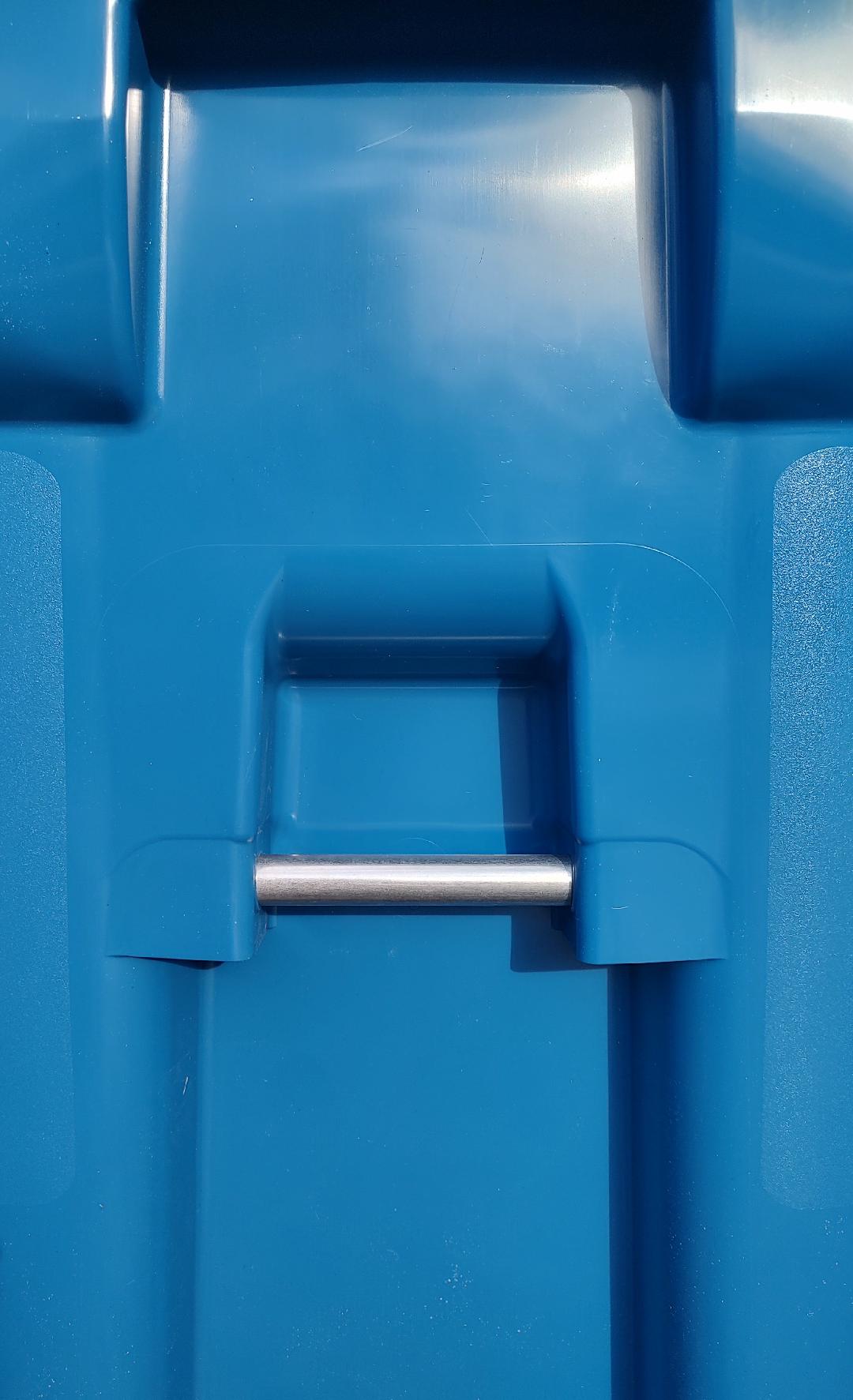



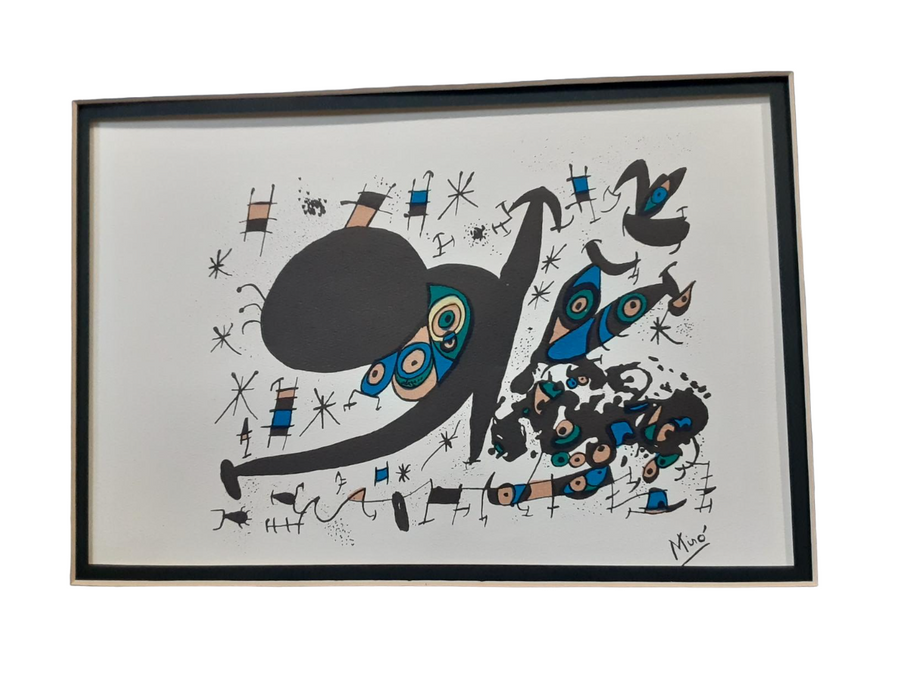
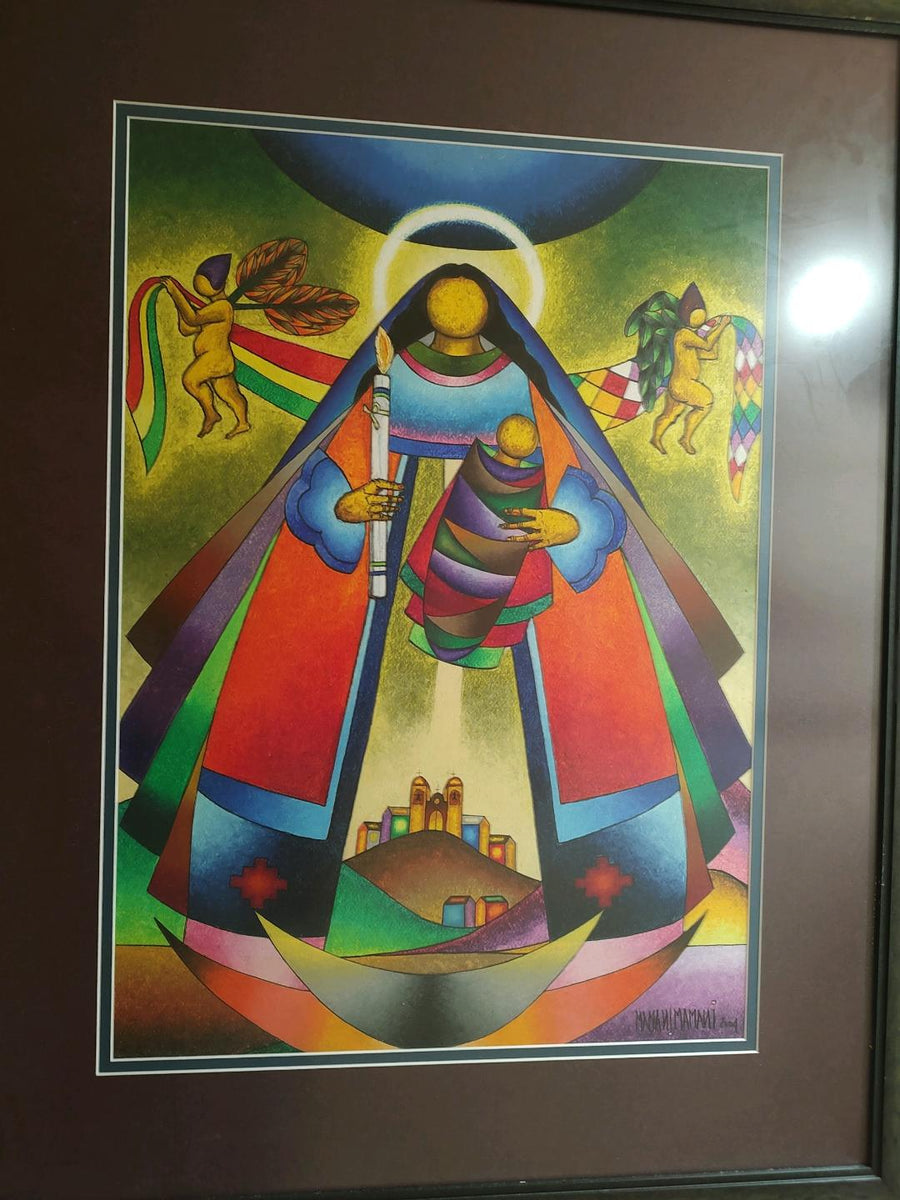
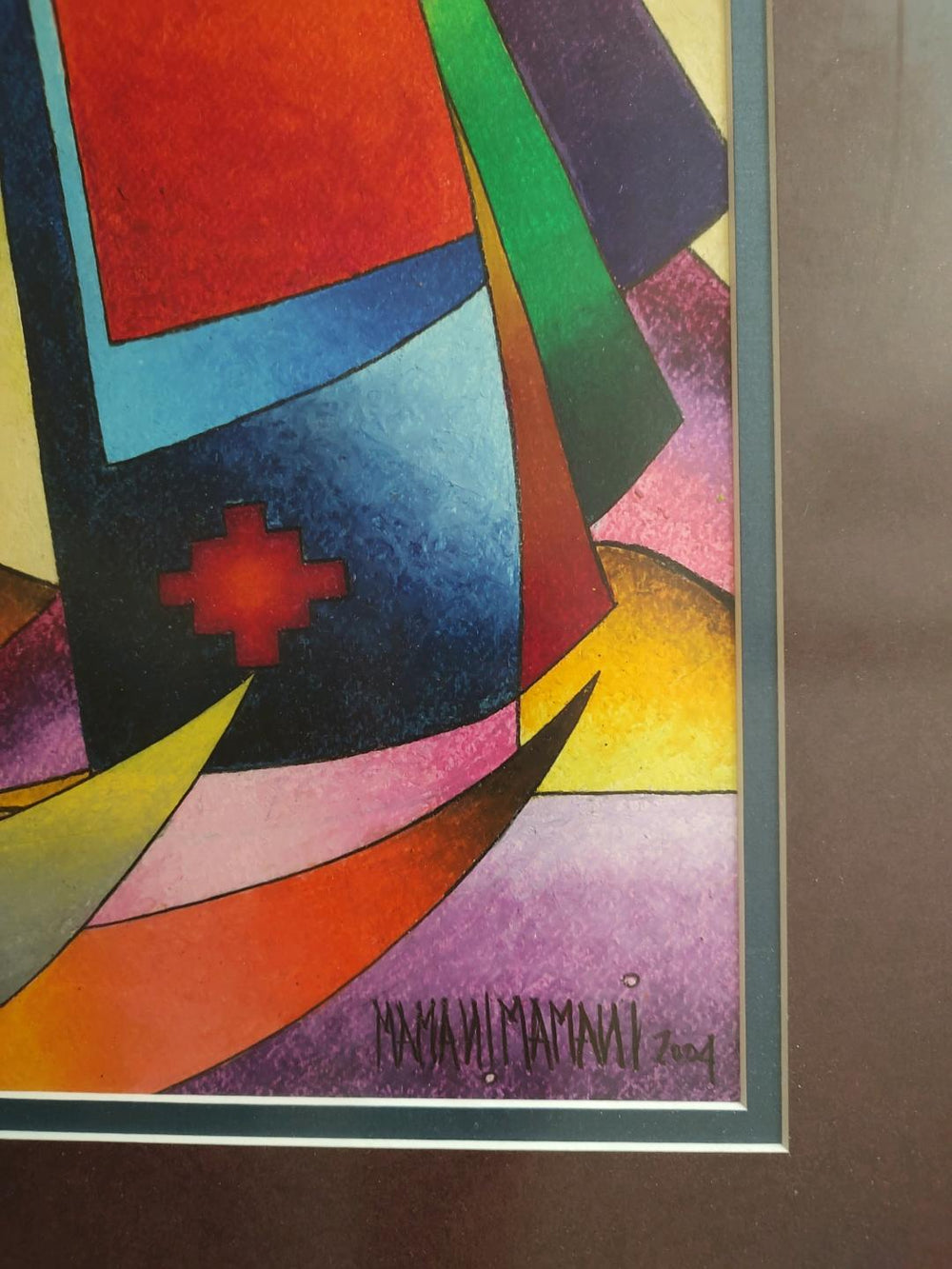

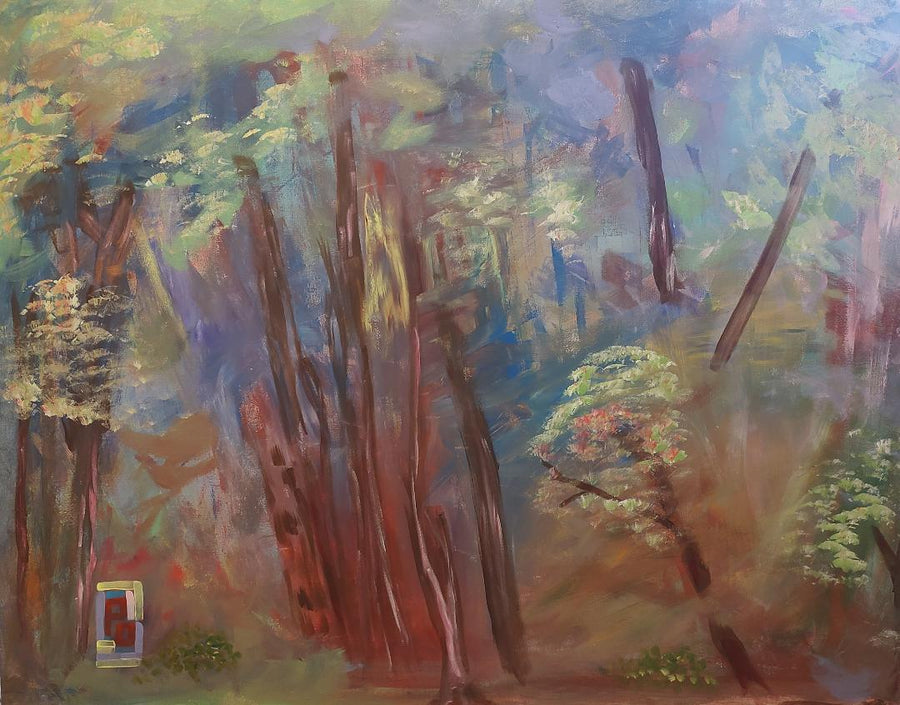
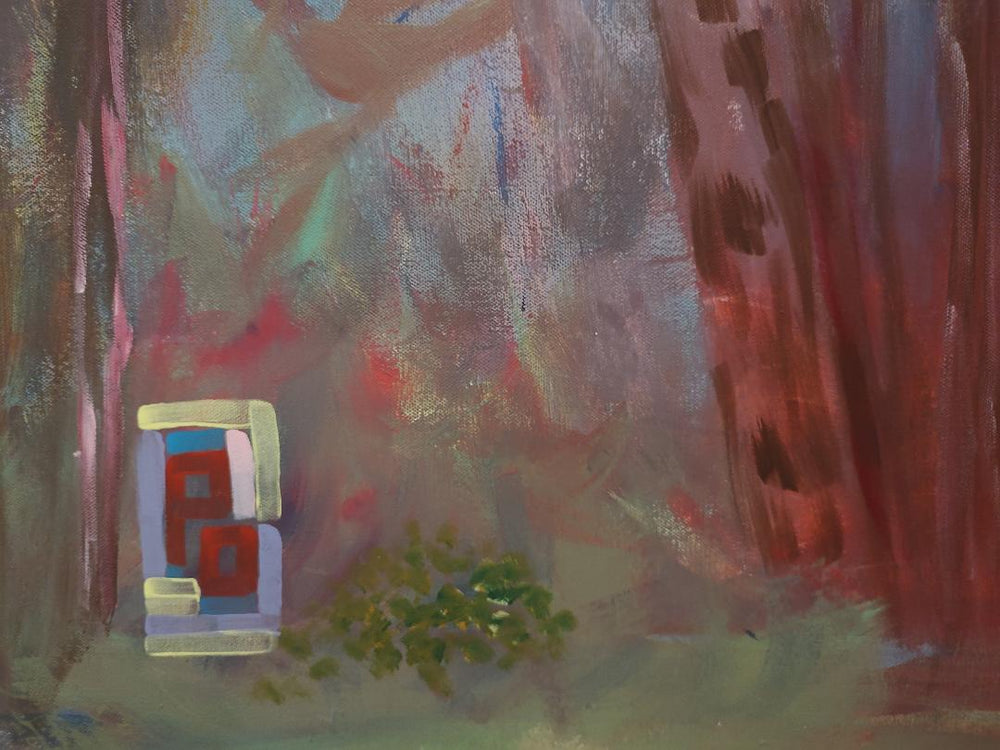
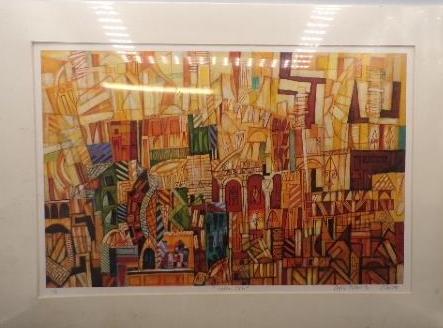
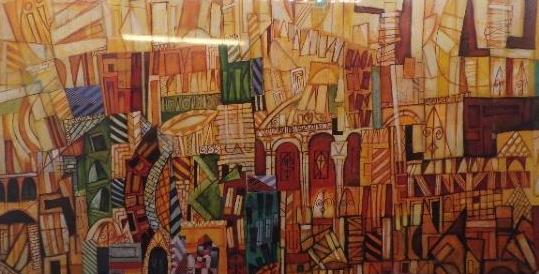

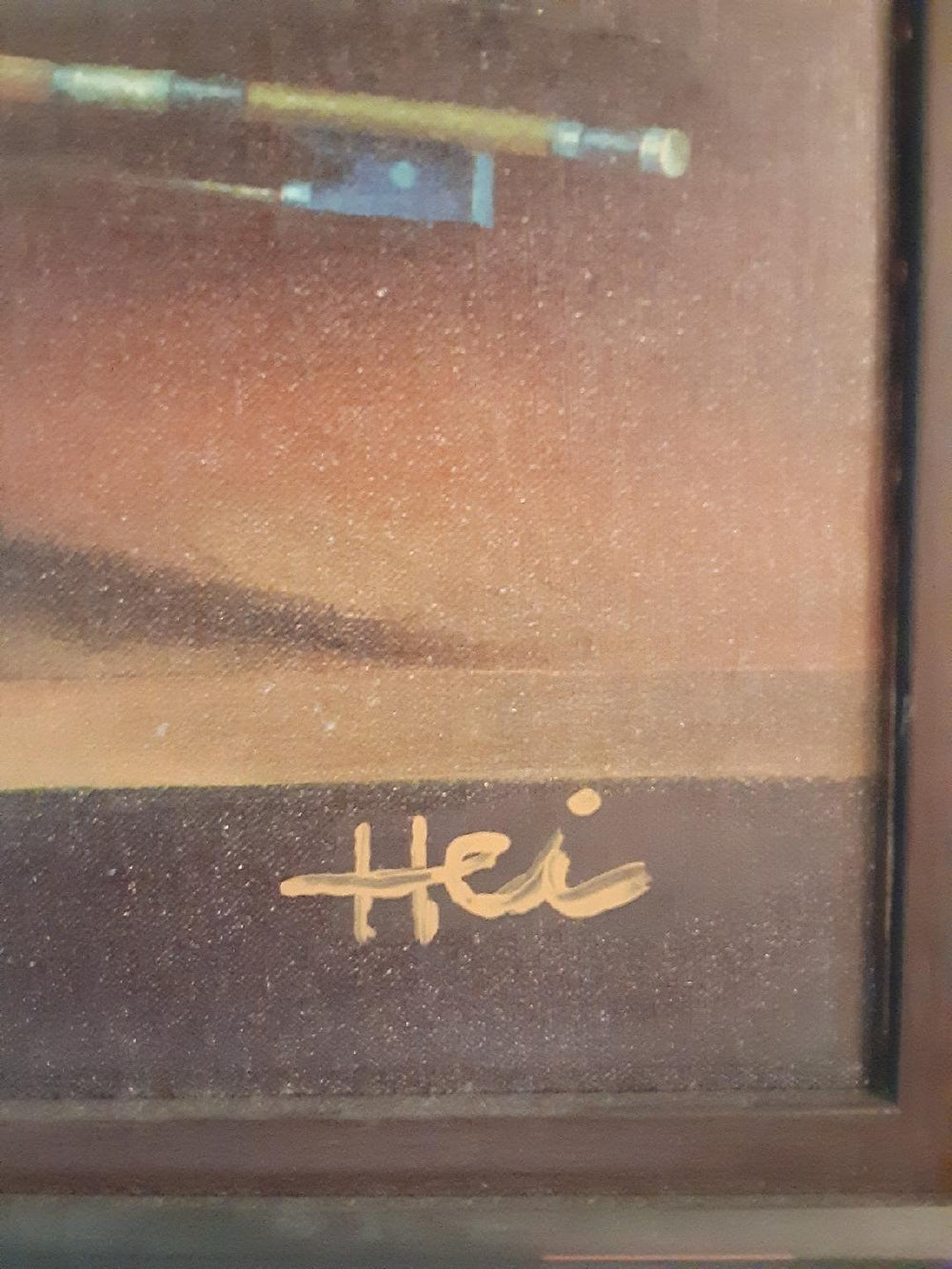

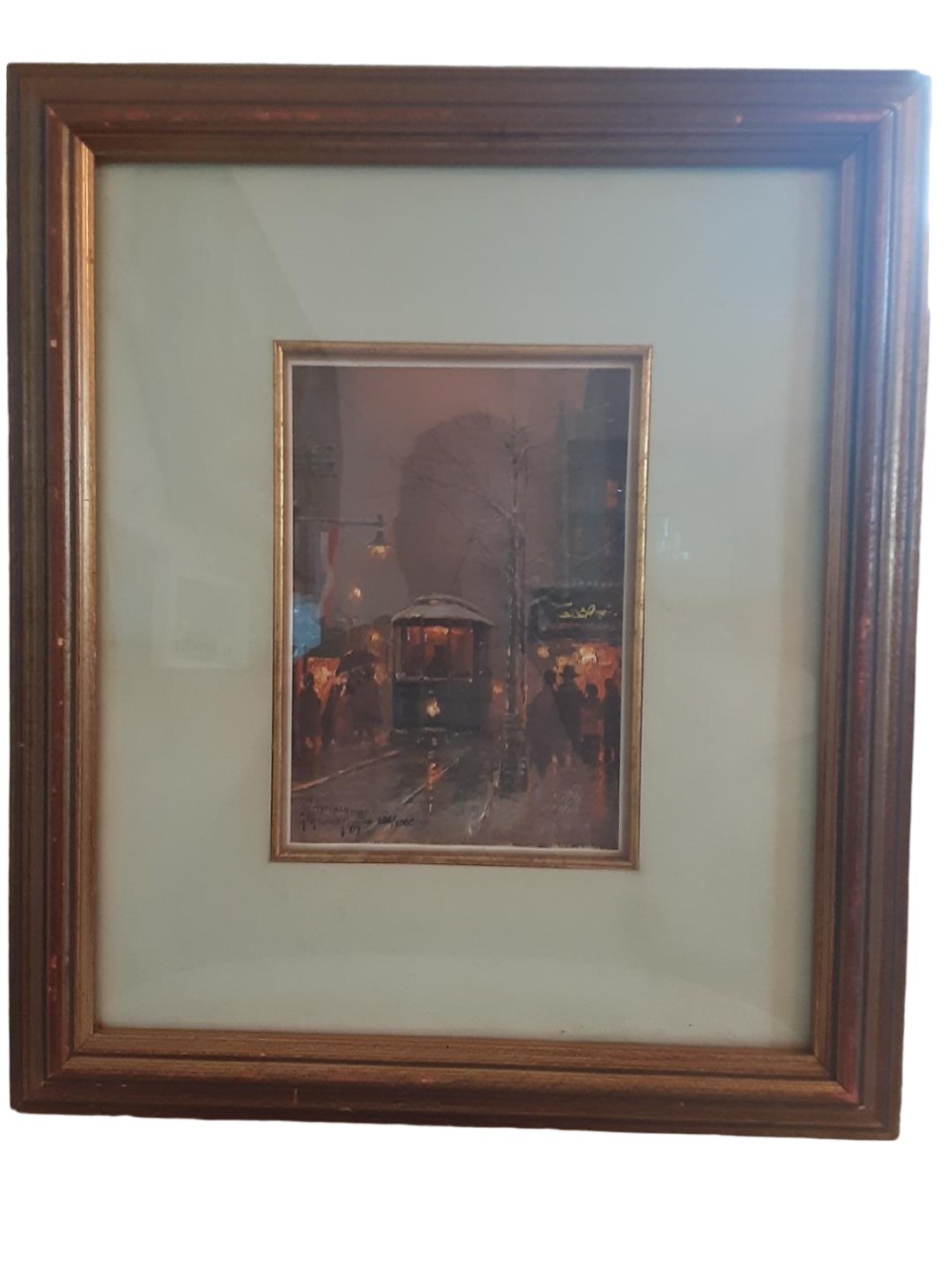
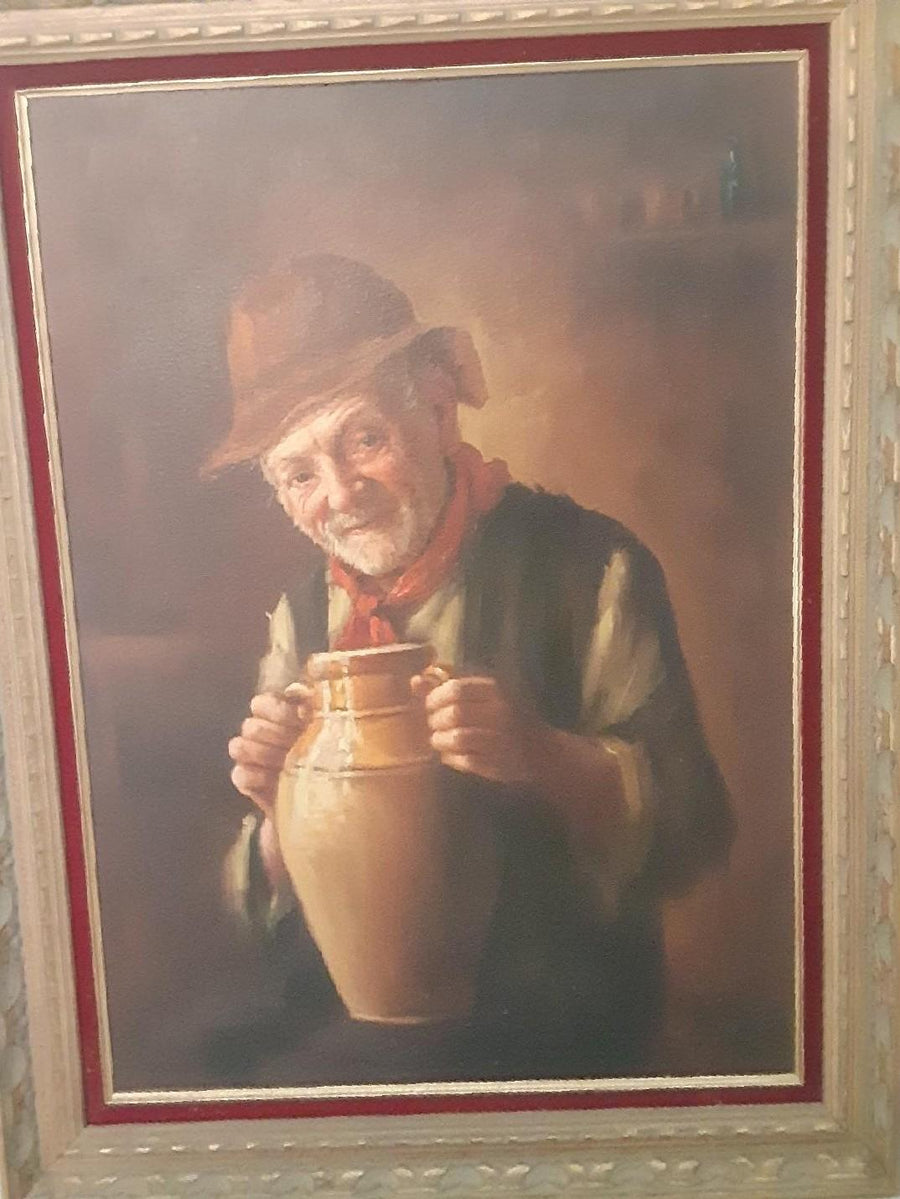
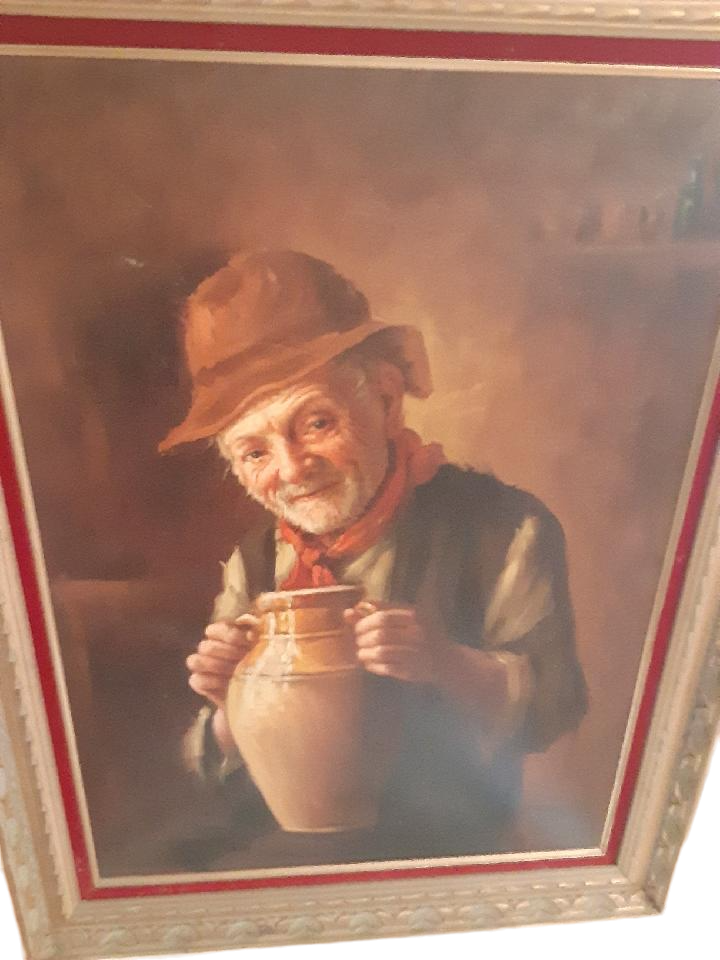
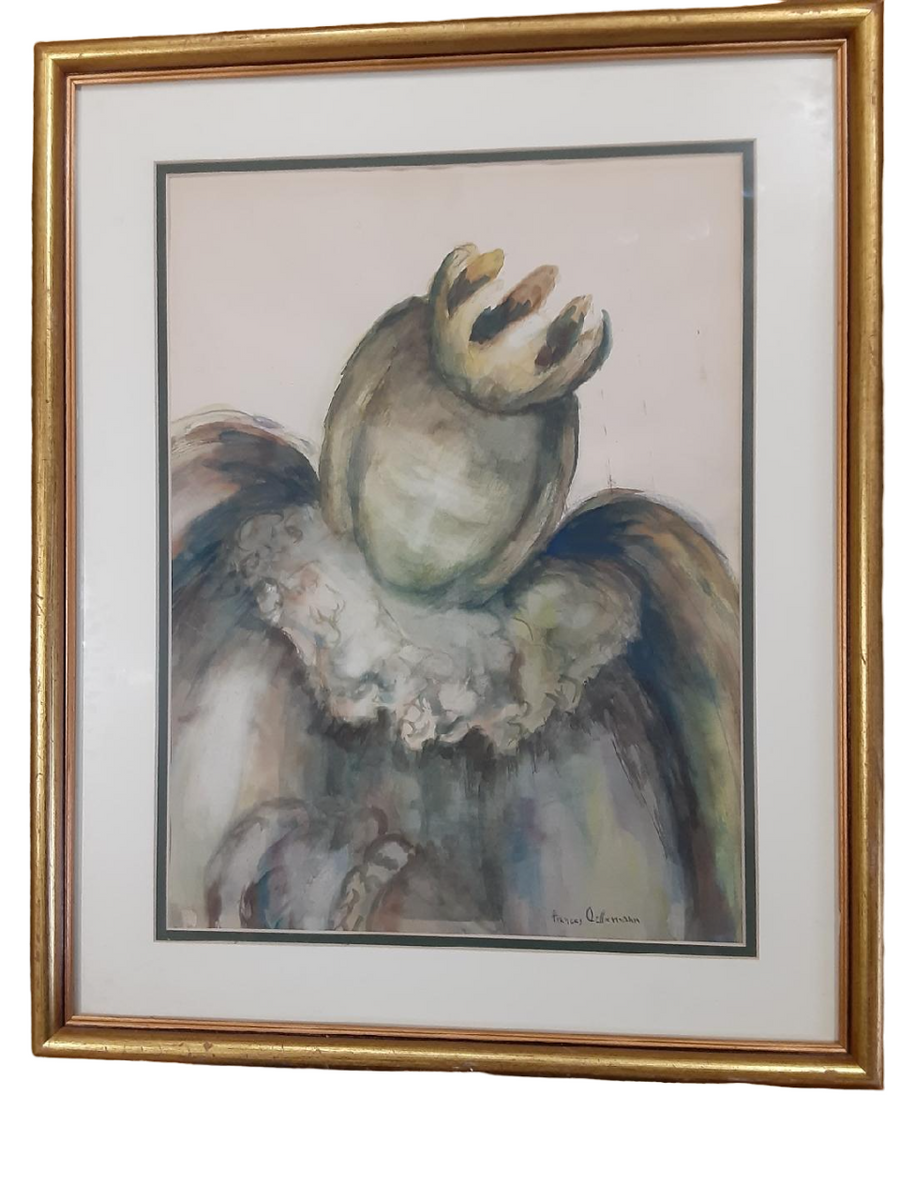
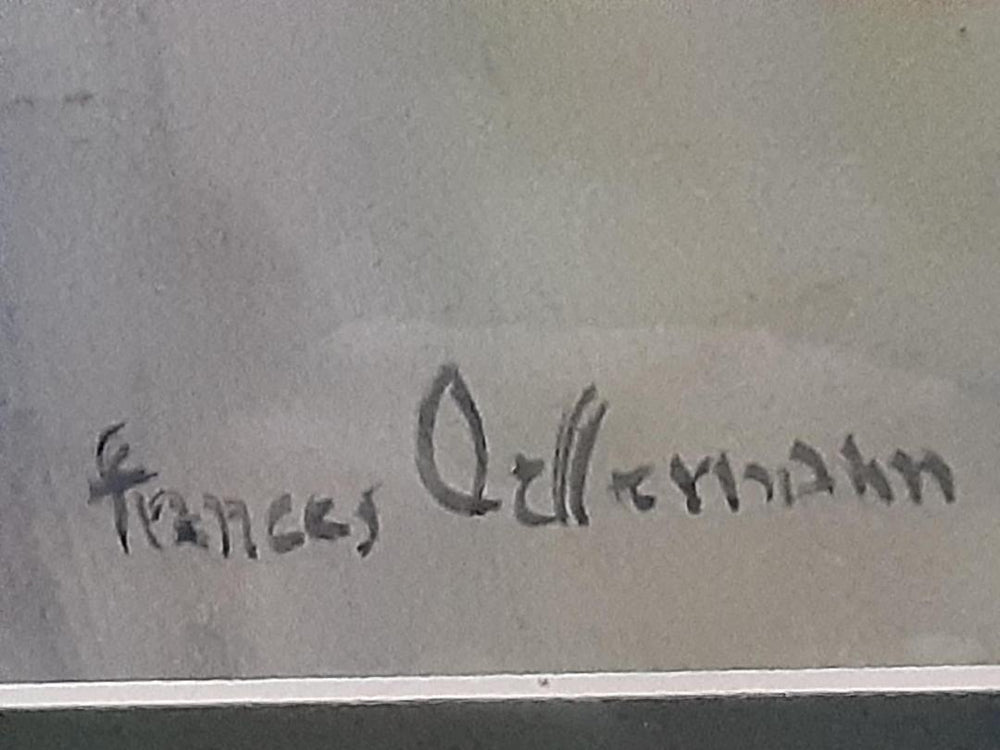
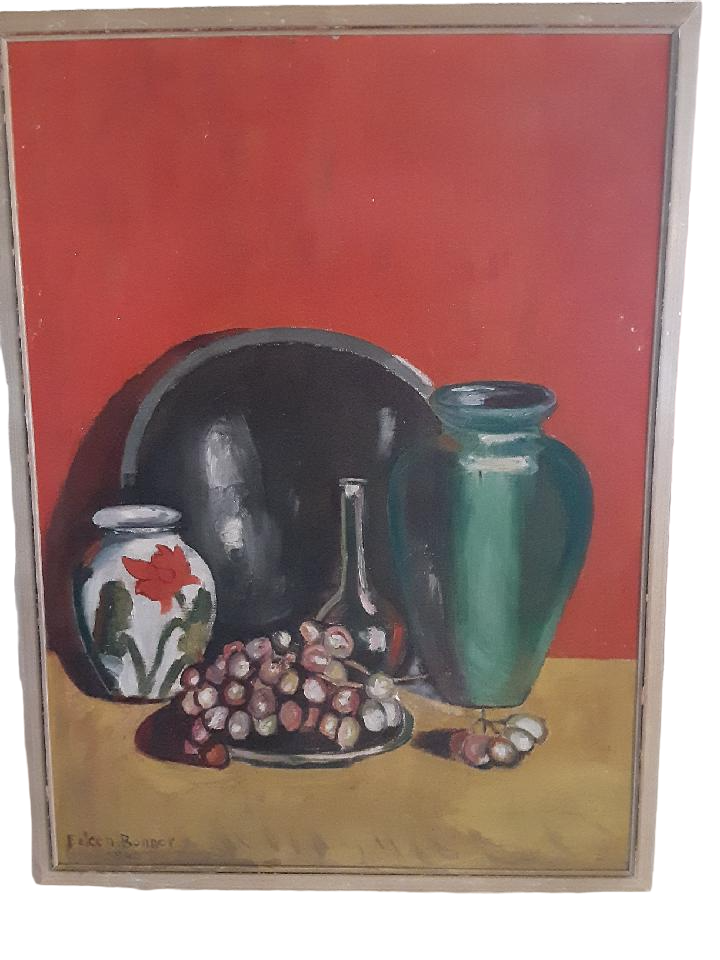
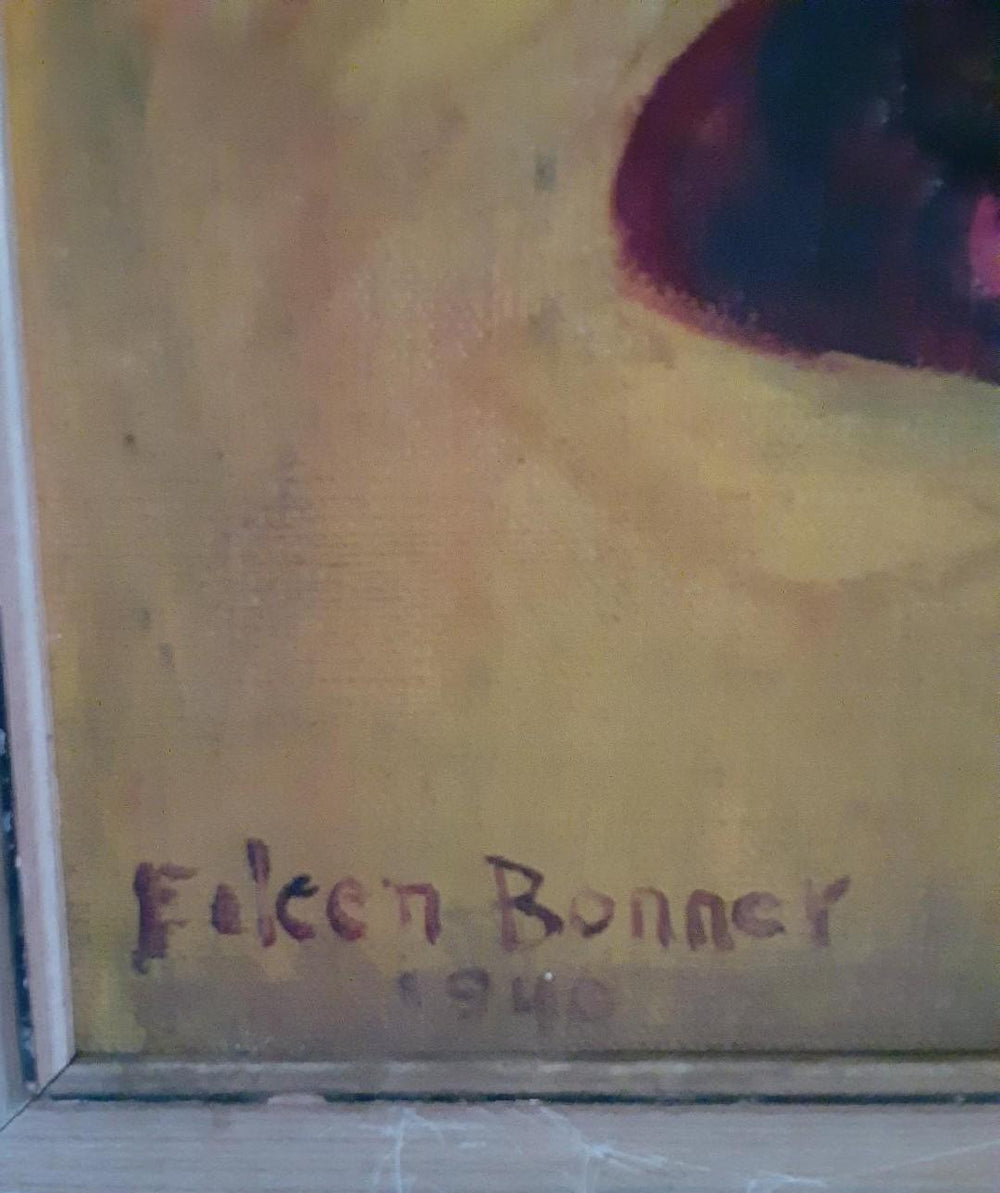
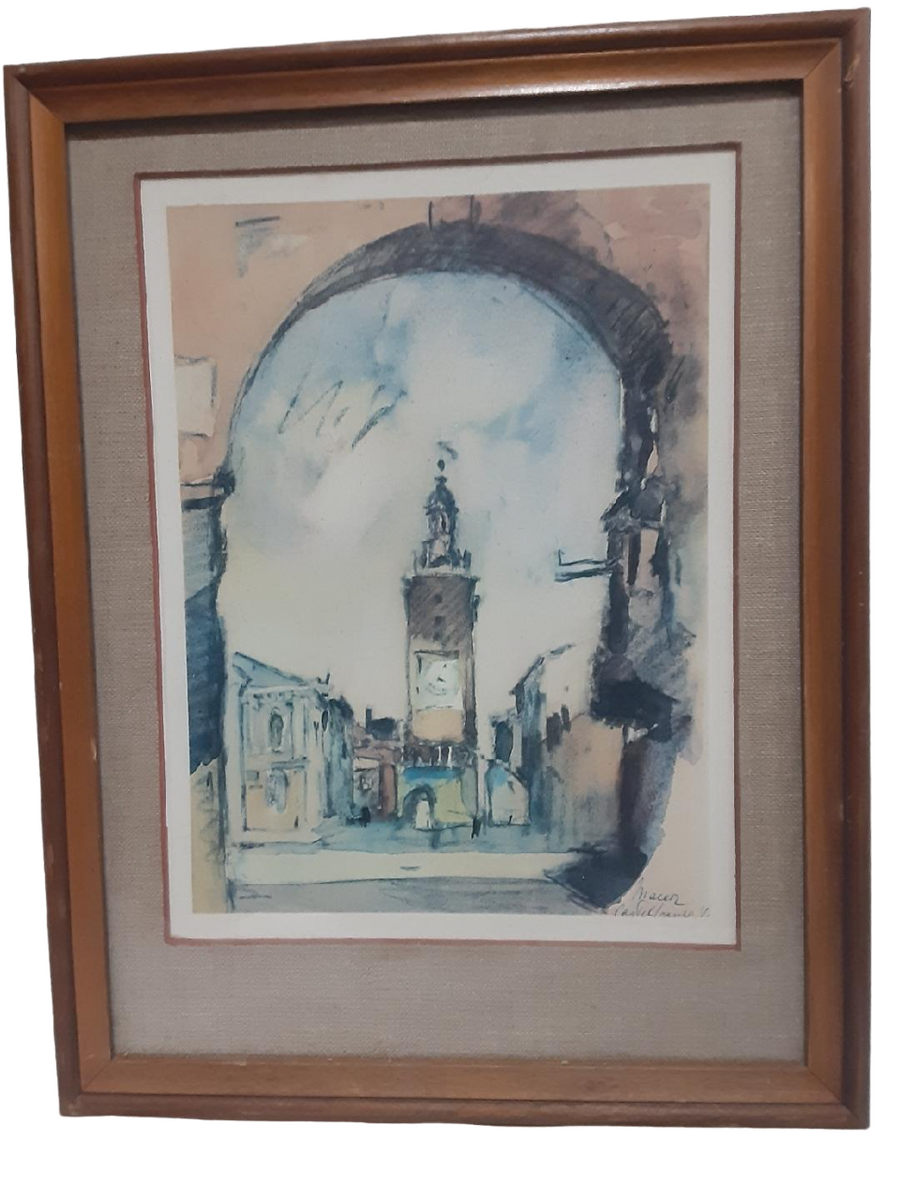

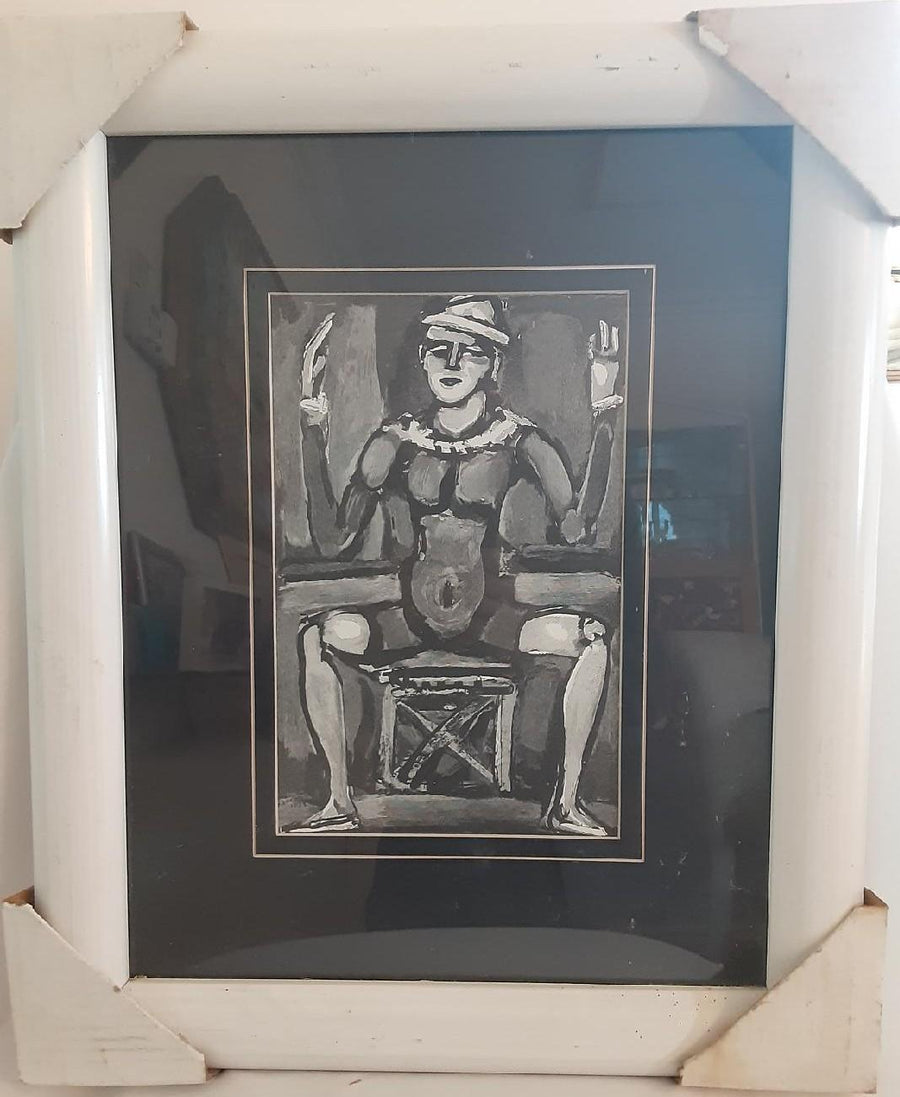
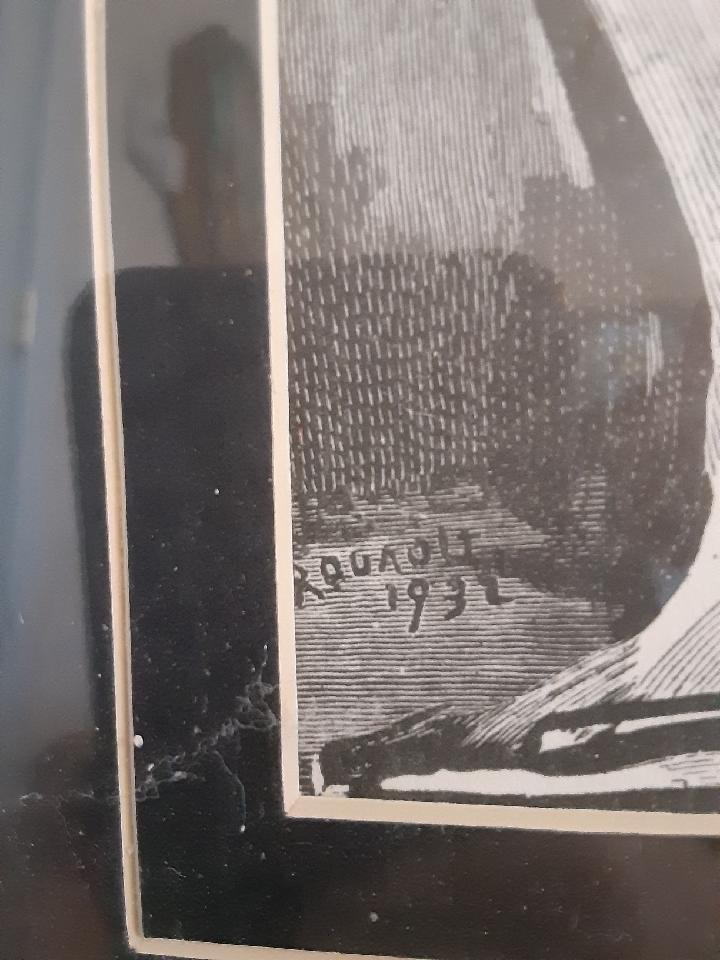



Leave a comment